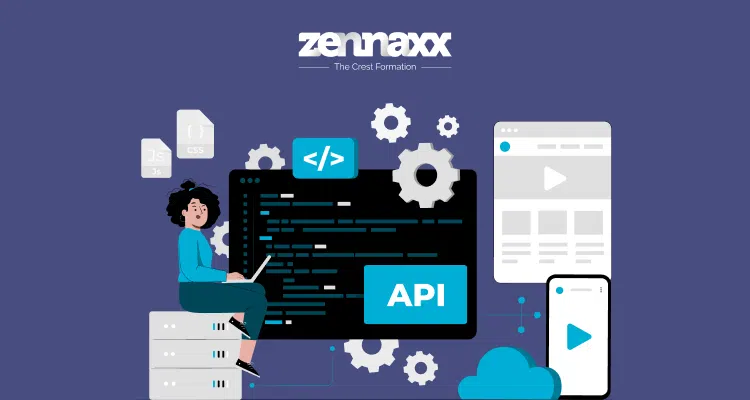- Why you should consider building scalable web application
- Types of scalability for web applications
- Key factors and steps to ensure scalability

Defining Scalable Web Apps
A scalable web app can handle increased user loads and data volumes efficiently without compromising performance, reliability, or user experience.
What is Application Scalability?

Why is Scalability Important?
1. Flexibility and Growth
2. Enhanced User Experience
User experience is paramount to retaining customers and driving engagement.
3. Cost-Efficiency
4. High Availability
5. Competitive Advantage
Endless Customization
What Are the Different Types of Scalability for Web Applications?
Horizontal scaling (Scaling out)
Vertical scaling (Scaling up)
Elastic scalability
Database scalability
Geographical scalability
For instance, a global video streaming service might use CDNs to cache content closer to users.
Network scalability
Planning Online Community Portal?
Contact us today, and our experts will provide guidance and support to ensure your project’s success!
Factors that Influence the Scalability of a Web App
1. Architecture and design
The foundation of scalability lies in the architecture and design of your application. A well-architected system, such as one using microservices, allows for independent scaling of different components.
Monolithic architectures, on the other hand, can be more challenging to scale.
For instance, designing an e-commerce platform with separate services for user management, order processing, and inventory allows each service to scale independently based on demand.
2. Infrastructure and resources
You can leverage cloud infrastructure, which provides the flexibility to scale resources up or down as needed.
3. User behavior and traffic patterns
4. Third-party services and APIs
5. Code efficiency and optimization
Steps and Considerations to Develop Scalable Applications
1. Understanding your requirements
2. Choosing the right hardware
This involves choosing servers, storage solutions, and network components that can handle increased load. Opting for scalable cloud solutions provides flexibility and resources for growth.
3. Opt for microservices architecture
This approach enhances scalability by allowing you to scale individual components based on demand.
User Service:
Order Service:
4. Implement caching
5. Use load balancers
6. Select the right database
Want to Automate Your Business Process With a Software Solution?
Zennaxx, a leading software development firm in Canada, has delivered 700+ bespoke solutions spanning various industries.
Examples of Successful Scalable Web Applications
Shopify
Shopify, an e-commerce platform, handles millions of transactions daily. By leveraging microservices, distributed databases, and auto-scaling cloud infrastructure, Shopify ensures smooth and scalable operations for thousands of online stores, even during peak sales periods.
Walmart
Dropbox
Netflix
Airbnb
Challenges and Solutions in Large-scale Web Application Development
Developing large-scale web applications comes with unique challenges, but with the right strategies, these can be effectively managed.
Challenge 1: Ensuring web application scalability to handle a growing user base
Ensuring scalability involves anticipating growth and implementing solutions to manage larger volumes of users efficiently.
Solution: Implement elastic scaling with cloud services to dynamically adjust resources based on user demand. Regularly monitor and optimize application performance to handle growth efficiently.
Challenge 2: Offering optimized performance without bottlenecks and slow load times
Solution: Use load balancers to distribute traffic evenly, implement caching strategies, and optimize code for performance. Regular performance testing and monitoring tools help identify and resolve bottlenecks.
Challenge 3: Protecting from various security threats and complying with regulations
Solution: Implement robust security measures such as encryption, firewalls, and regular security audits. Ensure compliance with industry regulations by adhering to best practices and guidelines. For example, employing multi-factor authentication enhances security.
Challenge 4: Designing effective user interfaces for a smooth user experience
Solution: Focus on responsive design principles to ensure the application works seamlessly across different devices and screen sizes.
Challenge 5: Ensuring cross-platform compatibility
Solution: Use cross-platform development frameworks like React Native or Flutter to build applications that work across various operating systems and devices.
Conclusion
You can develop applications that perform reliably and efficiently, no matter the scale, by leveraging scalable architecture, choosing the right infrastructure, and implementing code optimization and other scalability techniques we’ve discussed.
Contact us today for scalable web app development.


